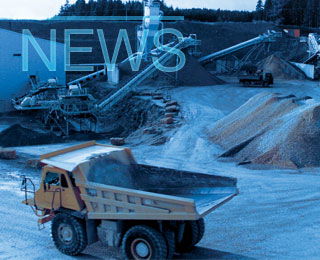Amid a prolonged slump in the construction sector and rising costs from high exchange rates and electricity prices, Korea's cement industry is increasingly turning to alternative fuels to reduce production expenses, according to a report by Business Korea. Major companies, including Ssangyong C&E, Sungshin Cement, and Sampyo Cement, are prioritising waste plastic and other alternatives to mitigate the impact of soaring coal prices. This shift is prompted by both external challenges, such as a weakened domestic construction market, and internal pressures, including stricter environmental regulations.
Forecasts predict that domestic cement demand will fall below 42Mt in 2025, with some expecting even lower figures. Ssangyong C&E expects demand to drop to around 41Mt, while Sungshin Cement anticipates a reduction to under 40Mt. The cement sector, reliant on imported bituminous coal, has been hit hard by exchange rate fluctuations, which have increased coal costs. In contrast, alternative fuels like waste plastic offer more stability despite initial investment costs in specialised equipment.
A representative from Sungshin Cement said, “Alternative fuels are less affected by exchange rates. Our goal is to maximise their usage within our facility limits.” Amid these challenges, companies are also diversifying their business models. Sampyo Group, for instance, is expanding into real estate development and robot parking through its subsidiary, SP&Mobility.
Financial results for Q3 2024 show a clear downturn: Hanil Cement’s sales fell by 8.3 per cent, Asia Cement dropped by 14.7 per cent, and Sampyo Cement saw a 4.5 per cent decline. With industrial electricity rates up by 10.2 per cent, the outlook for next year appears challenging.
